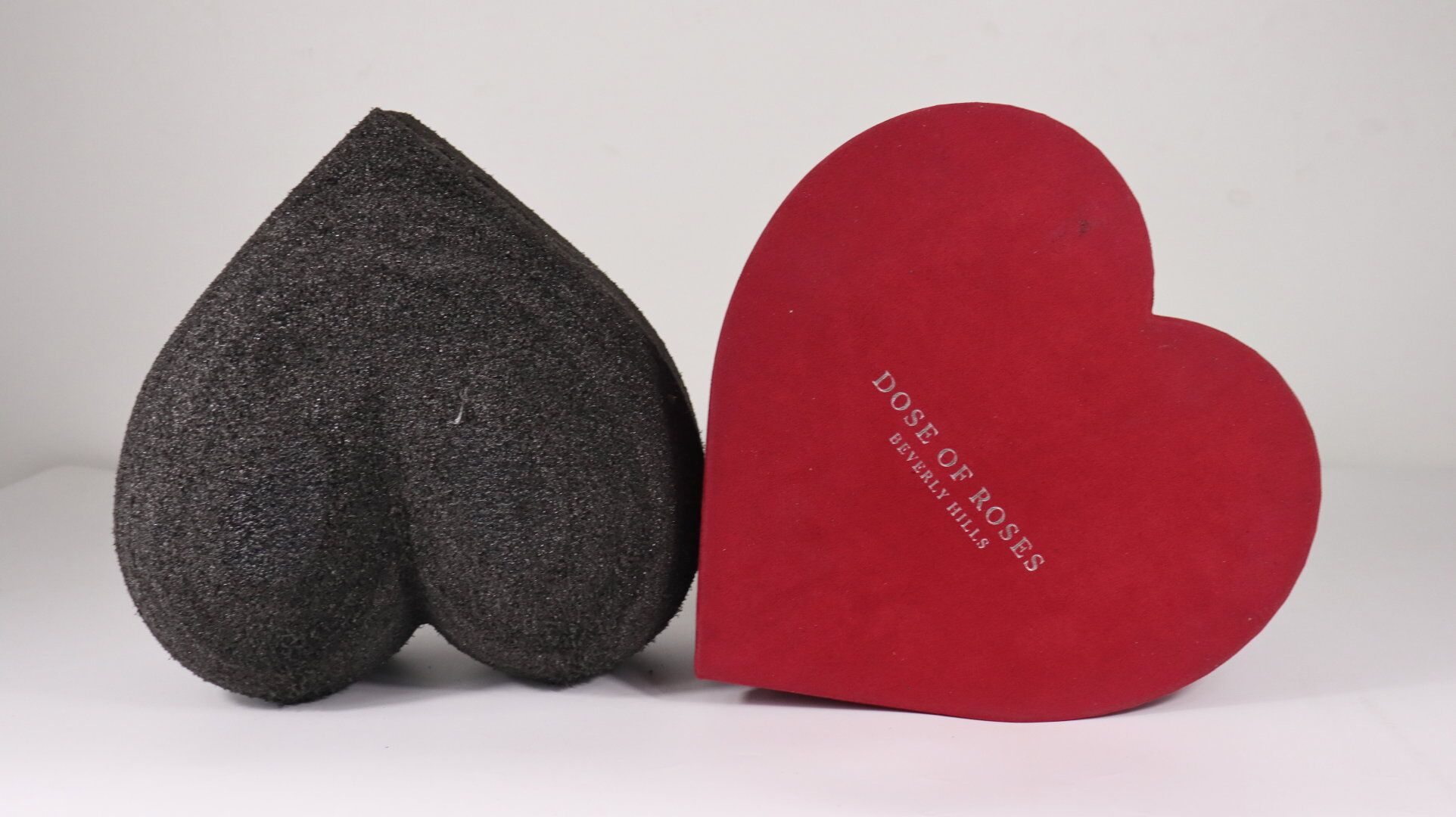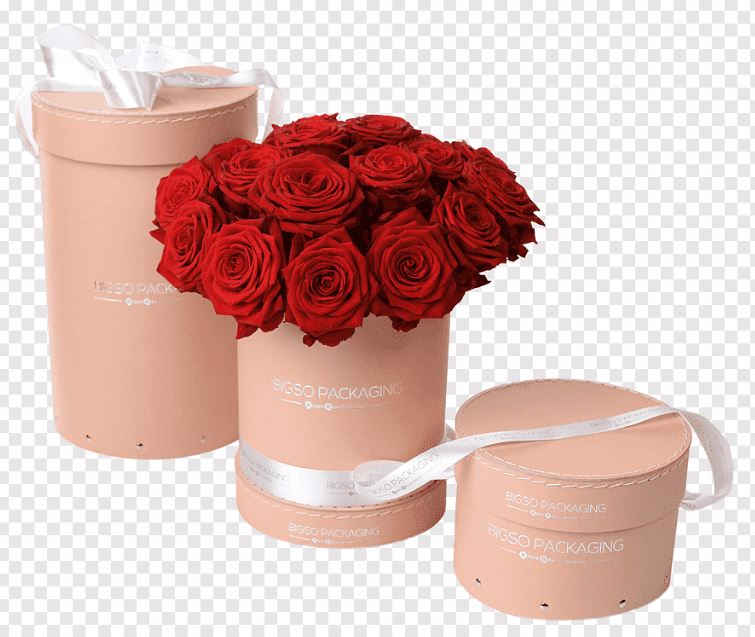- All
- Product Name
- Product Keyword
- Product Model
- Product Summary
- Product Description
- Multi Field Search
Views: 196 Author: XianDa Publish Time: 2024-12-24 Origin: Site

Content Menu
● What Do I Line My Flower Box With?
>> 4. Burlap
● Choosing the Right Flowers for Your Box
● The Role of Flower Paper Box Suppliers
>> Spring
>> Summer
>> Fall
>> Winter
● Troubleshooting Common Issues
● Advanced Techniques for Flower Box Lining
● The Impact of Proper Lining on Plant Health
● Sustainability in Flower Box Gardening
● FAQs
Creating beautiful and long-lasting flower displays starts with choosing the right liner for your flower box. A good liner not only protects the box itself but also helps maintain optimal growing conditions for your plants. In this comprehensive guide, we'll explore various options for lining your flower box, discuss their pros and cons, and provide step-by-step instructions on how to properly line your planter. We'll also touch on some tips for selecting the right flowers and maintaining your flower box throughout the seasons.
Before we dive into the different lining materials, let's understand why lining your flower box is important:
1. Protection: Lining helps protect the box from moisture damage, especially important for wooden planters.
2. Insulation: A good liner can help regulate soil temperature.
3. Moisture retention: Certain liners can help retain moisture, reducing the frequency of watering.
4. Drainage: Proper lining ensures good drainage, preventing waterlogged soil.
5. Longevity: A well-lined flower box will last longer and look better over time.
There are several materials you can use to line your flower box. Let's explore some of the most popular options:


Plastic liner for flower box
Plastic liners are a common choice due to their durability and water-resistant properties. They're especially useful for wooden boxes as they prevent moisture from seeping into the wood.
Pros:
- Waterproof
- Durable
- Easy to clean
Cons:
- Not environmentally friendly
- Can crack in extreme temperatures
- May need additional drainage holes
Landscape fabric lining
Landscape fabric is a breathable material that allows for good drainage while preventing soil loss.
Pros:
- Allows for air and water circulation
- Prevents soil erosion
- Lightweight and easy to work with
Cons:
- May degrade over time
- Not as effective at moisture retention
Coconut coir liner
Coconut coir liners are made from natural fibers and provide excellent drainage and aeration.
Pros:
- Environmentally friendly
- Good moisture retention
- Attractive natural appearance
Cons:
- May decompose over time
- Can be more expensive than other options
Burlap liner
Burlap is an eco-friendly option that's biodegradable and allows for good air circulation.
Pros:
- Biodegradable
- Inexpensive
- Good for air circulation
Cons:
- Decomposes relatively quickly
- May not provide as much protection as other materials
For those with uniquely sized flower boxes or those looking for a perfect fit, custom-made liners are an excellent option. Some flower paper box suppliers offer custom-sized liners to fit your specific planter dimensions.
Now that we've covered the different types of liners, let's go through the steps to properly line your flower box:
1. Measure your flower box carefully, including length, width, and depth.
2. Choose your lining material based on your needs and preferences.
3. Cut the liner to size, allowing for a little extra to overlap the edges.
4. If using a solid material like plastic, punch drainage holes in the bottom.
5. Place the liner inside the flower box, smoothing out any wrinkles.
6. Secure the liner in place using staples, adhesive, or by folding over the edges.
7. Trim any excess material for a neat appearance.
Here's a helpful video demonstrating the process:
Choosing the Right Flowers for Your Box
Once you've lined your flower box, it's time to choose the right plants. Consider factors such as sunlight exposure, box size, and your local climate. Here are some popular choices for flower boxes:
- Petunias
- Geraniums
- Marigolds
- Impatiens
- Sweet alyssum
- Lobelia
Remember to follow the "thriller, filler, spiller" rule for a well-balanced arrangement:
- Thriller: Tall, eye-catching plants
- Filler: Medium-height plants to add volume
- Spiller: Trailing plants to cascade over the edges
Flower box arrangement


To keep your flower box looking its best throughout the season:
1. Water regularly, especially during hot weather.
2. Fertilize every 2-4 weeks with a balanced, water-soluble fertilizer.
3. Deadhead spent blooms to encourage continuous flowering.
4. Prune as needed to maintain shape and promote bushier growth.
5. Monitor for pests and diseases, addressing issues promptly.
When setting up your flower boxes, don't overlook the importance of quality containers. Many flower paper box suppliers offer a range of options that can complement your chosen liner and plants. These suppliers often provide:
- Various sizes and styles of flower boxes
- Decorative elements to enhance your display
- Custom-sized liners to fit their boxes perfectly
- Advice on plant selection and care
Consider reaching out to a reputable flower paper box supplier for guidance on choosing the right box and liner combination for your needs.
Your flower box care may vary depending on the season:
- Clean and inspect your flower box for any winter damage.
- Replace liners if necessary.
- Plant cool-season annuals like pansies or primroses.
- Increase watering frequency during hot weather.
- Provide shade for delicate plants if needed.
- Continue regular fertilization and deadheading.
- Replace summer annuals with fall-blooming plants like chrysanthemums.
- Reduce watering and fertilization as growth slows.
- In mild climates, plant winter-hardy annuals like cyclamen or ornamental kale.
- In colder regions, consider evergreen boughs or winter berries for decoration.
- Protect wooden boxes from freeze-thaw cycles.
For those concerned about environmental impact, consider these eco-friendly lining options:
1. Recycled plastic liners
2. Biodegradable coco liners
3. Repurposed materials like old newspapers or cardboard
These options can help reduce waste while still providing effective protection for your flower box.
If you're feeling crafty, you might want to try making your own liner. Here are some DIY ideas:
1. Upcycled fabric liner: Use old cotton sheets or burlap sacks.
2. Newspaper liner: Layer several sheets of newspaper for a biodegradable option.
3. Moss liner: Create a natural look with sphagnum moss.
Remember to ensure proper drainage with any DIY liner you create.
Even with proper lining, you may encounter some issues with your flower box. Here are some common problems and solutions:
1. Waterlogged soil: Ensure proper drainage holes and consider adding perlite to the soil mix.
2. Liner degradation: Replace liners annually or as needed, especially natural materials.
3. Root rot: Avoid overwatering and ensure good air circulation.
4. Pest infestations: Use organic pest control methods and remove affected plants promptly.
To make your flower boxes stand out, consider these creative ideas:
1. Vertical flower boxes for small spaces
2. Self-watering systems for low-maintenance care
3. Themed flower boxes (e.g., butterfly garden, herb garden)
4. Upcycled containers as unique flower boxes
Innovative flower box ideas
For those looking to take their flower box game to the next level, consider these advanced techniques:
For extra protection, especially in harsh climates, consider using a double lining system. Start with a plastic liner for waterproofing, then add a layer of coconut coir or landscape fabric for improved drainage and aeration.
In regions with extreme temperatures, adding an insulation layer between the box and the liner can help protect plant roots. Materials like foam board or bubble wrap can be effective insulators.
For consistent moisture levels, consider incorporating capillary matting into your lining system. This material helps distribute water evenly throughout the soil, reducing the frequency of watering.
Choosing the right liner for your flower box isn't just about aesthetics; it significantly impacts plant health. A well-chosen liner can:
1. Prevent root rot by ensuring proper drainage
2. Maintain consistent soil moisture levels
3. Protect roots from temperature fluctuations
4. Prevent soil compaction
By creating an optimal growing environment, proper lining can lead to healthier plants, more vibrant blooms, and longer-lasting displays.
As gardeners become more environmentally conscious, the demand for sustainable flower box solutions has increased. Many flower paper box suppliers now offer eco-friendly options, including:
- Biodegradable planters
- Liners made from recycled materials
- Organic soil mixes and fertilizers
By choosing sustainable options, you can enjoy beautiful flower displays while minimizing your environmental impact.
Choosing the right liner for your flower box is an important step in creating a beautiful and long-lasting floral display. Whether you opt for plastic, fabric, or natural materials, ensure that your liner provides adequate protection, drainage, and support for your plants. Don't forget to consider the expertise of flower paper box suppliers when selecting your containers and liners. With proper care and maintenance, your lined flower boxes will provide a stunning addition to your outdoor space throughout the seasons.
1. Q: How often should I replace my flower box liner?
A: It depends on the material. Plastic liners can last several years, while natural materials like coconut coir may need annual replacement.
2. Q: Can I use a liner in a self-watering flower box?
A: Yes, but ensure the liner doesn't interfere with the watering system. Some self-watering boxes come with built-in liners.
3. Q: Are there any plants I should avoid putting in lined flower boxes?
A: Plants with very deep root systems or those that require exceptional drainage might not be suitable for all lined boxes.
4. Q: How do I clean my flower box liner?
A: For plastic liners, use a mild soap and water solution. Natural liners are typically replaced rather than cleaned.
5. Q: Can I use a flower box liner for indoor planters?
A: Yes, liners can be useful for indoor planters to protect furniture and floors from water damage.